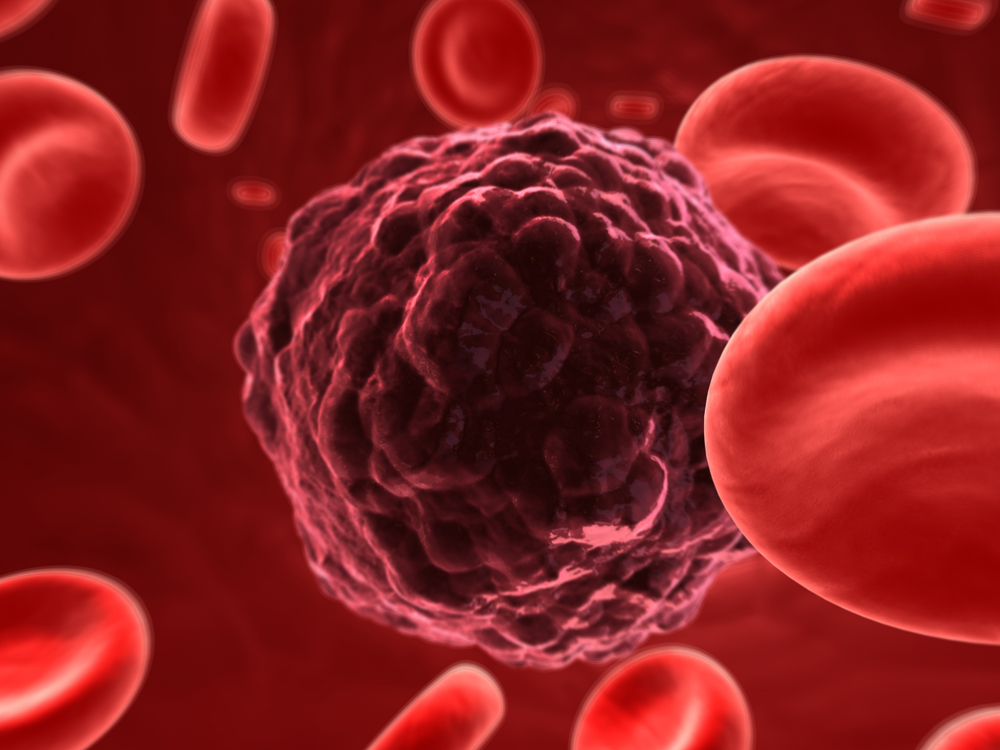
The discovery of the cells will have wide-ranging impact
Singapore: A team of scientists from A*STAR's Institute of Medical Biology (IMB) and Genome Institute of Singapore (GIS), together with clinicians from Boston's Brigham and Women's Hospital (BWH), have identified a unique set of cells in the cervix that are the cause of human papillomaviruses (HPV)-related cervical cancers. The team also showed that these cells do not regenerate when excised. These findings have immense clinical implications in the diagnosis, prevention and treatment of cervical cancer.
Cervical cancer is the 7th most common female cancer in Singapore and about 200 cases are diagnosed every year. Infection with HPV is the most common cause or risk factor for cervical cancer. HPV infection causes pre-invasive cancer, termed Cervical Intraepithelial Neoplasia (CIN), which are pre-cancerous lesions that can progress and potentially become invasive cancer if left untreated.
Dr Christopher P Crum, director of Women's and Perinatal Pathology in the Department of pathology at BWH, said, "It has been a decades-old mystery why cervical cancers caused by HPV arise only from a discrete region of the cervix, known as the squamocolumnar junction, despite the presence of the virus throughout the genital tract. The discovery of these cells finally resolves this mystery and will have wide-ranging impact from developing more meaningful animal models of early cervical carcinogenesis to clinical implications."
The team discovered that this discrete set of cells, located at the squamocolumnar junction of the cervix, uniquely express biomarkers that are seen in all forms of invasive cervical cancers linked to HPV. This means that the signature markers of this population of cells can provide a way of distinguishing potentially dangerous precancerous lesions from those with a benign prognosis.
Dr Wa Xian, principal investigator at IMB, said, "Our study also revealed that this exotic population of cells does not reappear after ablation by cone biopsy. This finding helps to explain the low rate of new HPV infections in the cervix after excisional therapy and also raises the distinct possibility that preemptive removal of these cells in young women could reduce their risk of cervical cancer. This could be an alternative to current vaccines which only protect against HPV 16 and 18."
This study further validates previous work by Dr Xian and Dr McKeon in collaboration with BWH and NUS, which showed for the first time that some cancers originate from just a small set of cells that are unique from the other cells that reside around them.
Dr Frank Mckeon, senior group leader at GIS, said, "Our previous work on esophageal cancer opened up the possibility of 'preventive therapy' to stamp out the disease by eliminating this small group of cells. This recent work in the cervix further validates this concept and raises important possibilities for early intervention to prevent malignancies linked to very small populations of these unusual, discrete population of cells."
Prof Birgitte Lane, executive director of IMB, said, "This compelling study lends further weight to the importance of specific target cell populations underlying cancer. It is a powerful example of what can be done by combining skilled pathology with modern molecular genetics to uncover important new information, even in such a well-studied disease as cervical cancer."
Prof Ng Huck Hui, acting executive director of GIS, said, "This study is a fine example of how A*STAR research institutes can integrate our research capabilities to better collaborate with an international partner like the Brigham and Women's Hospital to carry out excellent research with strong clinical and translational applications."




